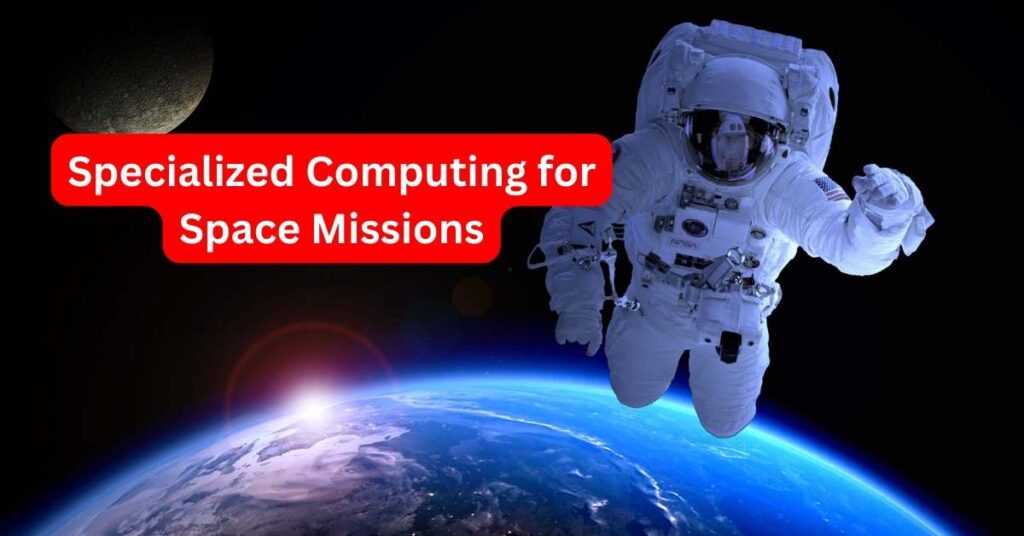Introduction
In the realm of space exploration and scientific discovery, NASA stands as a beacon of innovation and technological prowess. But what fuels this organization’s incredible achievements? The answer lies partly in their cutting-edge computing systems. In this article, we’ll explore the types of computers NASA uses, how they support various missions, and why these systems are crucial to the agency’s success. Whether you’re a tech enthusiast, a space lover, or simply curious about the tech behind NASA’s operations, this comprehensive guide will provide valuable insights into NASA’s computing landscape.
Table of Contents
The Backbone of NASA’s Operations: High-Performance Computing Systems
The Role of Supercomputers at NASA
NASA’s high-performance computing (HPC) systems are at the heart of their operations. These supercomputers handle the massive amounts of data generated from space missions, simulations, and research. The primary keyword, “NASA computing systems,” refers to these powerful machines that perform trillions of calculations per second, enabling NASA to solve complex scientific problems.
Key Supercomputers Used by NASA
- Pleiades Supercomputer: Located at the NASA Advanced Supercomputing (NAS) facility, Pleiades is one of the world’s most powerful supercomputers. It supports a wide range of NASA missions, from aerodynamics research to climate modeling. Pleiades uses over 241,000 cores and has a peak performance of 7.25 petaflops, making it essential for simulating spacecraft designs and predicting weather patterns.
- Aitken Supercomputer: Another vital component of NASA’s HPC arsenal, Aitken is used for lunar missions and is part of the Artemis program’s preparation. It allows researchers to simulate lunar landings, analyze lunar geology, and test new spacecraft technologies. Aitken’s modular design means it can be expanded as computing needs grow.
- Discover Supercomputer: At NASA’s Goddard Space Flight Center, Discover plays a critical role in Earth science research. This supercomputer processes data from satellites, helping scientists study weather, climate change, and natural disasters. Discover’s capabilities enable detailed modeling of Earth’s atmosphere and oceans, providing valuable insights into our planet’s systems.
Specialized Computing for Space Missions

Onboard Computers in Spacecraft
While supercomputers on Earth handle massive data and simulations, NASA’s spacecraft rely on onboard computers for navigation, communication, and control. These computers are designed to withstand the harsh conditions of space, including radiation and extreme temperatures.
- RAD750: The RAD750 is a radiation-hardened computer used in many of NASA’s spacecraft, including the Mars rovers. It is based on IBM’s PowerPC architecture and can operate in the radiation-rich environment of space. The RAD750’s robustness and reliability make it ideal for long-duration missions.
- SpaceCube 2.0: This high-performance onboard processor is used for real-time data processing and autonomy. SpaceCube 2.0 enables spacecraft to process data directly, reducing the need for transmission to Earth and allowing for faster decision-making during missions.
The Importance of Data Centers and Cloud Computing
NASA’s computing infrastructure extends beyond supercomputers and onboard systems. Data centers and cloud computing play a pivotal role in storing, managing, and analyzing the vast amounts of data generated by NASA’s missions.
NASA’s Data Centers
NASA operates several data centers across the United States, where mission data is stored and processed. These centers are equipped with high-speed networks and large-scale storage solutions to handle the influx of data from satellites, telescopes, and other instruments.
Cloud Computing at NASA
In recent years, NASA has increasingly adopted cloud computing to enhance its data processing capabilities. The cloud offers scalability, flexibility, and cost-effectiveness, allowing NASA to efficiently manage data from various missions. For example, the agency uses cloud services to process and store data from the James Webb Space Telescope, enabling scientists worldwide to access and analyze the data.
Challenges and Innovations in NASA’s Computing Systems
Addressing Radiation and Reliability
One of the primary challenges in designing computers for space missions is ensuring they can operate reliably in a radiation-rich environment. Radiation can cause bit flips and other errors in computer systems, potentially jeopardizing mission success. To mitigate this, NASA uses radiation-hardened components and employs error correction techniques.
Innovations in Quantum Computing
NASA is also exploring quantum computing, a revolutionary technology that could significantly enhance their computational capabilities. Quantum computers have the potential to solve complex problems much faster than classical computers. While still in the experimental stage, quantum computing could one day play a crucial role in mission planning, spacecraft design, and data analysis.
Conclusion

NASA’s computing systems are a cornerstone of the agency’s ability to explore space, conduct groundbreaking research, and make scientific discoveries. From powerful supercomputers like Pleiades and Aitken to specialized onboard systems like the RAD750, these technologies enable NASA to achieve its ambitious goals. As the agency continues to innovate, the future of NASA’s computing systems looks promising, with advancements in cloud computing and quantum technologies paving the way for new possibilities.
FAQs
Q1: Why does NASA use supercomputers?
A1: NASA uses supercomputers to handle the massive amounts of data generated by missions and research. These powerful machines perform complex simulations and analyses, enabling the agency to solve scientific and engineering challenges.
Q2: What is the RAD750?
A2: The RAD750 is a radiation-hardened computer used in many NASA spacecraft. It is designed to withstand the harsh conditions of space and is crucial for navigation, communication, and control.
Q3: How does cloud computing benefit NASA?
A3: Cloud computing offers scalability, flexibility, and cost-effectiveness. It allows NASA to efficiently store, manage, and process data from various missions, making it accessible to researchers worldwide.
Q4: What future technologies is NASA exploring in computing?
A4: NASA is exploring quantum computing, which has the potential to significantly enhance computational capabilities. This technology could revolutionize mission planning, spacecraft design, and data analysis.


